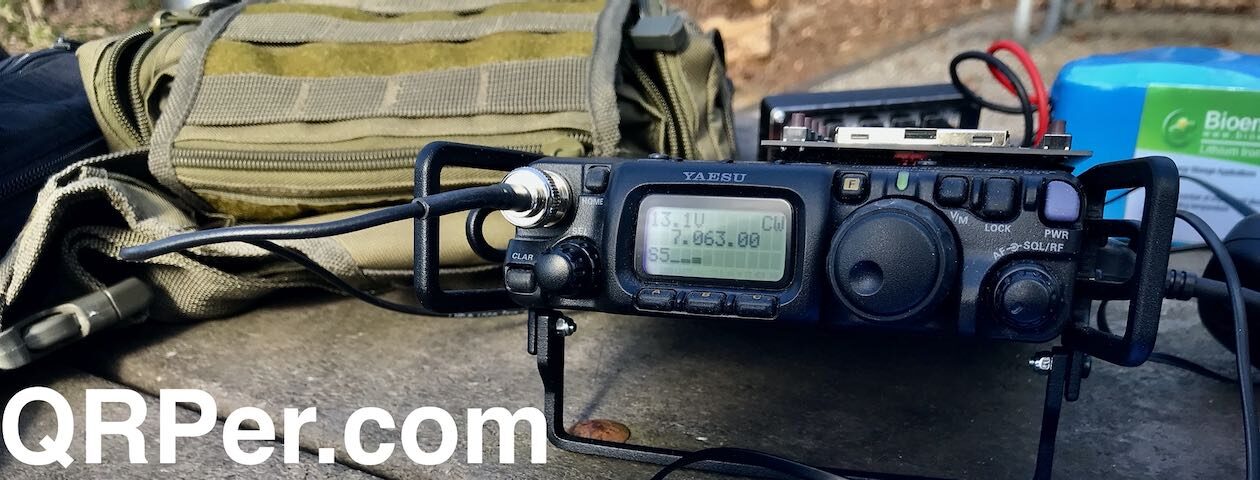 As I mentioned in previous posts, I’ve been using the Elecraft AX1 in heavy rotation this year. I made a commitment to myself to do a string of activations with it in January and February and also pair it with a wide variety of radios beyond the Elecraft KX2 and KX3. So far, I’ve paired the AX1 with the:
As I mentioned in previous posts, I’ve been using the Elecraft AX1 in heavy rotation this year. I made a commitment to myself to do a string of activations with it in January and February and also pair it with a wide variety of radios beyond the Elecraft KX2 and KX3. So far, I’ve paired the AX1 with the:
- Elecraft K2
- Icom IC-705
- Mission RGO One
- Mountain Topper MTR-3B
- and the Xiegu X6100 (last year)
In truth, the AX1 can be paired with any radio when you use a tripod mount.
It’s a bit trickier when connecting the AX1 directly to a radio and using the Bipod as a support because 1.) the antenna connector on the radio mustn’t be too high off of the surface, 2.) there needs to be enough clearance on the back of the radio to accommodate the bipod legs and 3.) ideally, it’s nice to have a ground point on the radio, else you’ll need to clamp the counterpoise to the shield of the BNC connector.
In addition, if your radio doesn’t have a built-in ATU of some sort, then you’ll also need a capacity hat or external ATU to finish off the impedance match. (For more notes about the AX1 and AX2, check out this previous post.)
Of course, you don’t have to use Elecraft’s bipod to support the AX1 when directly connected to a radio–you can build or 3D print your own support–but the bipod is really convenient when it does work.
Objective: Lunch Box Radio
 One radio I’ve been eager to pair with the AX1 is the Penntek TR-45L.
One radio I’ve been eager to pair with the AX1 is the Penntek TR-45L.
Why? Because I love the form-factor.
Something about having a lunch box-sized radio sitting on a table with a telescoping whip protruding out the back and, with that combo, the potential of making contacts all over the globe. Continue reading Lunch Box POTA: Pairing the Elecraft AX1 with the Penntek TR-45L!



















































